Houseplant Pest Control
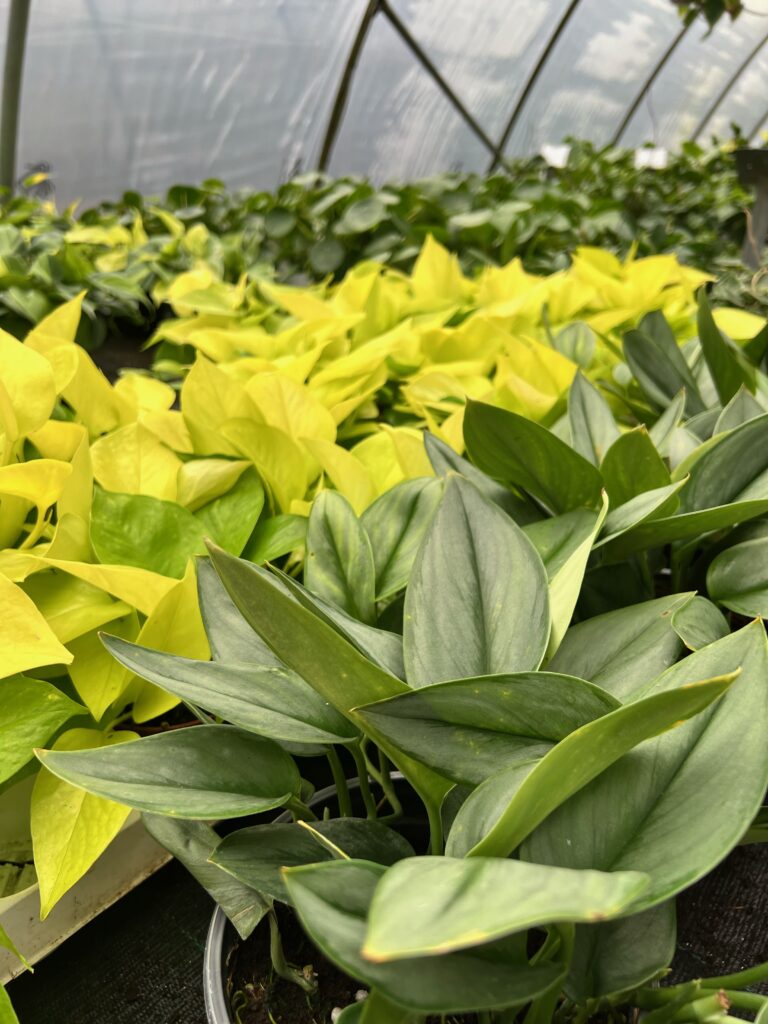
Houseplants bring beauty and life to any indoor space, but they are also vulnerable to pests that can damage their health and appearance. Effective pest control is essential to ensure they not only survive but thrive. There are several methods to prevent and control pests, ranging from natural remedies to chemical treatments.
Prevention
The first step in pest control is prevention. Regularly inspecting plants for signs of infestation is crucial. Common pests such as aphids, spider mites, and mealybugs can be found on the leaves, stems, or in the soil. Isolating new plants before introducing them indoors or near others in your collection can also help prevent the spread of pests. Additionally, maintaining optimal growing conditions—such as proper humidity, airflow, lighting, and watering—can make plants more resilient to pests.
Remedies
For minor infestations, natural or physical remedies are often effective. Natural remedies are preferred because they are safe for pets and less likely to harm beneficial insects. Once you identify a pest problem, carefully inspect the plant to determine the type of pest. You can then physically remove any visible pests with a damp paper towel or Q-tip. Insecticidal soap or Spinosad Soap can be sprayed directly on affected areas for foliage pests. If the issue is a soil pest, diatomaceous earth can be applied to the soil surface. If your plant is infested with spider mites, mealybugs, or fungus gnats, re-potting may be necessary. This involves removing the old soil to eliminate eggs and pests hidden below the surface.
In more severe cases, chemical insecticides may be required. We offer several options in the gift shop, including Fertilome Indoor/Outdoor Multipurpose Insect Spray and Triple Action Plus. Be cautious when using them, as they can harm both the plant and beneficial insects. Always follow the manufacturer’s instructions and avoid overuse. If you’re unsure which chemical is best for your pest concerns, feel free to visit the gift shop or give us a call!
In conclusion, pest control is essential for maintaining healthy houseplants. By practicing prevention, using natural remedies, and opting for chemical treatments when necessary, you can protect your plants and keep them vibrant and thriving.
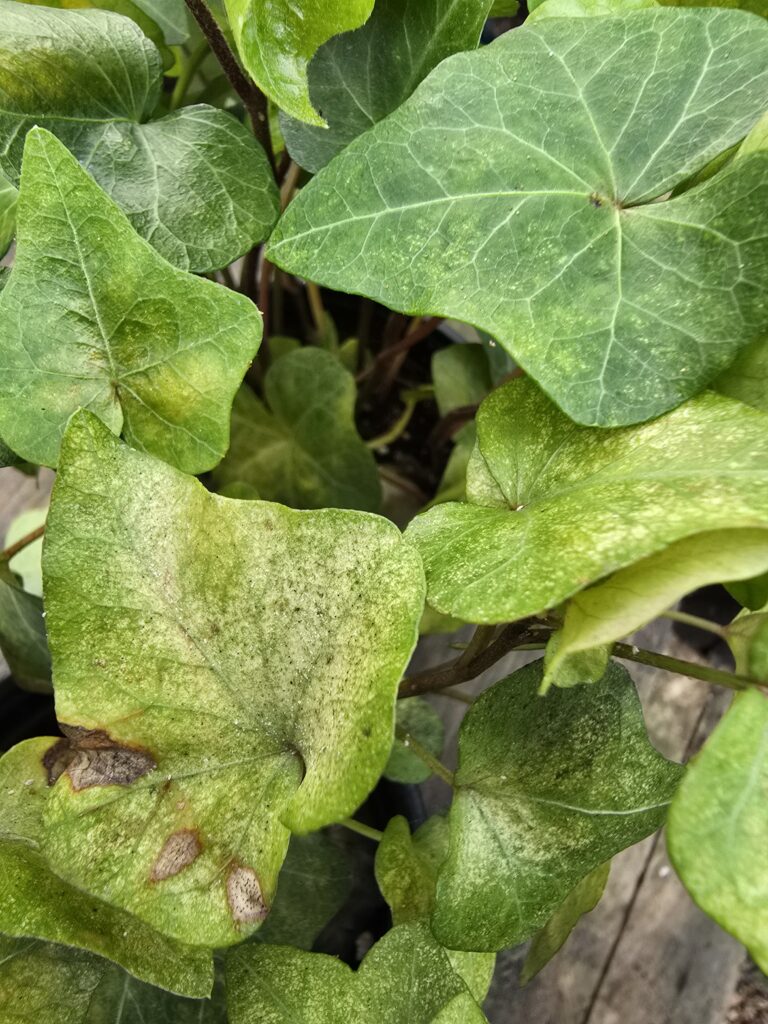
Spider mite damage on English Ivy
Spider Mites
Spider mites are very small spiders that feed on the chlorophyll in plant leaves. This feeding causes little white or yellow spots/stipples on the leaf. The spider mites themselves are white or reddish in color, and they can cause webbing on plants if the population is high. They also leave behind black spots, which is their waste. Another good way to determine if the pest you are fighting is spider mites is by doing a paper test: shake some of the pests onto a piece of paper and squish them between two pieces of white paper. If the pest is spider mites there will be tiny red spots on the paper.
Spider mites are one of the hardest pests to treat due to their small size and fast reproduction rate. Start by treating with natural spinosad, but if it is not effective, we carry Bio Advanced Insect, Disease, and Mite Control. This product is a 3-in-1 treatment that protects against not only mites but also other houseplant pests and fungal diseases.
If you experience recurrent issues with spider mites after natural and chemical intervention, consider rotating the chemical treatments to prevent pesticide resistance. Other chemicals we carry for prevention include Fertilome Triple Action Plus and Indoor/Outdoor Multipurpose Insect Spray.
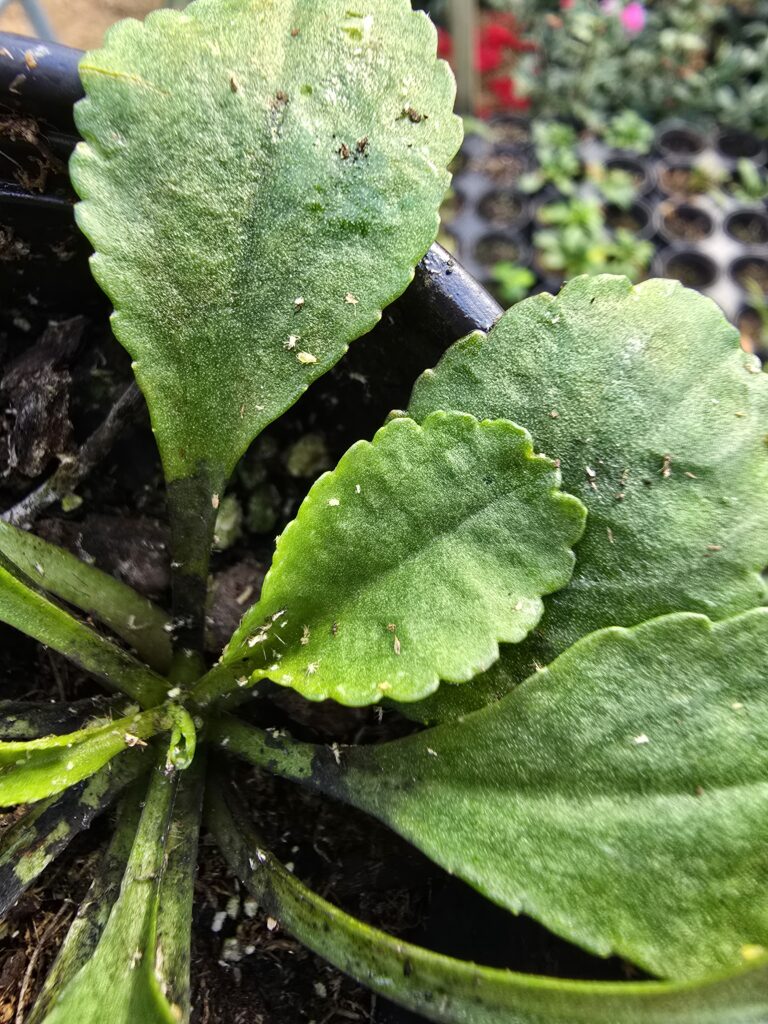
Juvenile and adult aphids, thrip
Aphids
Aphids are small pests that can be found on houseplants, and they come in many different colors, including green, yellow, pink, brown, or black. They feed on plant fluids, which causes wilting and curling of the leaves. Aphids can also be found feeding on flowers or roots. As they feed, they excrete honeydew, a sticky, sugary material that can encourage the growth of sooty mold. Sooty mold leaves nasty black spots on the plant’s leaves and stems.
To combat small infestations, start by applying a few rounds of Spinosad Soap, a natural insecticide. If the infestation is severe or natural remedies prove ineffective, consider using chemical treatments. We offer many options in the gift shop for controlling aphids, including Indoor/Outdoor Multipurpose Insect Spray and Bio Advanced Insect, Disease, and Mite Control.
Scale
Scale insects are small, fluid-feeding pests that cover themselves in a protective waxy or cotton-like outer shell, which varies in color depending on the species. Scale can be divided into two groups: armored scales and soft scales. Soft scales excrete honeydew, like aphids, which can lead to the growth of sooty mold. The waxy coating on soft scales is part of the pest’s body, while the armored scale uses the waxy coating as a protective covering. Armored scales’ waxy coatings can be scraped away to reveal the pest underneath.
These pests are small and legless in their adult form, making them immobile. The young crawler stage is mobile and most susceptible to pesticides. Usually found on stems or the undersides of leaves, scale insects cause yellowing leaves, dieback, and stunted growth. If an infestation is discovered, we have the chemicals to combat them. Visit us, and we can point you in the right direction.
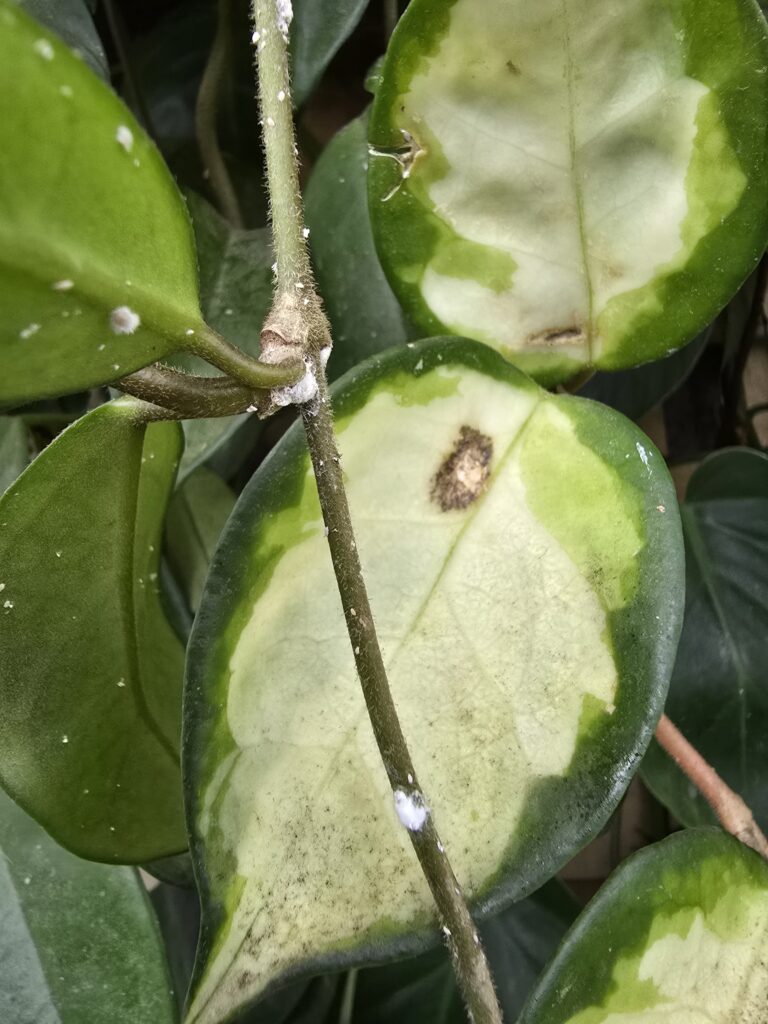
Various life stages of Mealybug
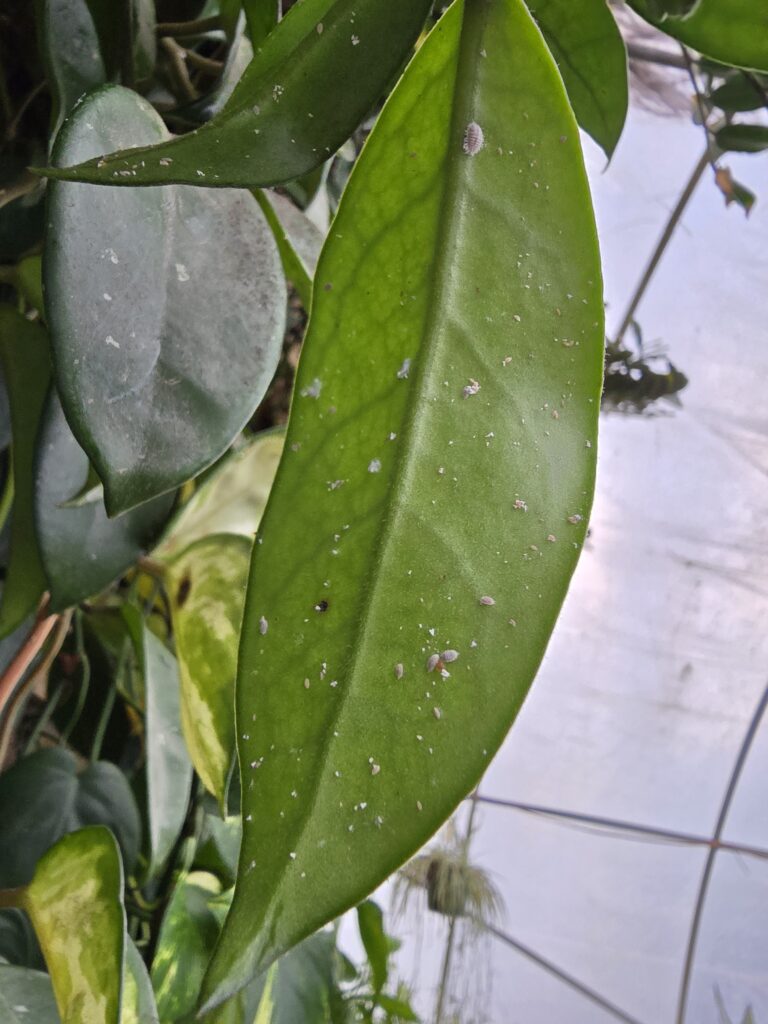
Mealybug
Mealybugs
Mealybugs are white, cotton-like pests that thrive in dry, warm weather. They are related to scale insects, and some cover themselves in white wax, while others have small tails covered in wax. Mealybugs are usually identified by this white, powdery wax, which makes them difficult to treat as it repels pesticides.
They are commonly found on the undersides of leaves or in the crevices of the petiole and stem. These pests feed on plant fluids, causing yellowing leaves, stunted growth, and potential plant death. For small infestations, dab mealybugs with an alcohol-soaked Q-tip, avoiding contact with the plant itself to minimize damage. Once treated, remove the pests with paper towels.
For large infestations, begin treatment with insecticidal soap and move to chemical options if necessary. We carry many pest control products to combat mealybugs—just ask! Keep a close eye on your plants for signs of mealybug activity after treatment, as retreatment may be needed. In extreme cases, consider discarding the infested plant to prevent the spread of pests to nearby plants.
Whiteflies
Whiteflies resemble tiny white moths with four wings and are often covered in a white, powdery wax. They are closely related to mealybugs and scale insects rather than true flies. Whiteflies produce honeydew, which can lead to sooty mold. They feed on plant sap, typically living on the undersides of leaves, and fly away when the plant is disturbed, making them easy to identify.
Whiteflies cause yellowing leaves, leaf drop, and stunted growth. Treatment options range from natural remedies like Spinosad Soap to systemic granules for larger infestations.
Thrips
Thrips are small pests that can only fly short distances. They are usually yellow or black and are difficult to see without a magnifying glass. Thrips spend part of their development in the soil and emerge ready to feed on plant juices in flowers and leaves. They leave discolored blotches on areas they feed on and black feces spots, similar to spider mites.
Treat thrips using natural Spinosad Soap or systemic granules, depending on the severity of the infestation.
Fungus Gnats
Fungus gnats are small black flies that are attracted to light and are easy to spot when a plant is disturbed. They lay eggs in rich, moist soil and can even reproduce in drains. While most species do not harm plants significantly, they can damage young or unestablished plants by feeding on roots and decaying matter.
To prevent fungus gnats, allow soil to dry between waterings, as dry conditions kill the larvae. For flying pests, use gnat tape traps. To treat larvae, apply diatomaceous earth to the soil surface. If these methods are ineffective, switch to chemical interventions such as systemic granules for larvae and Spinosad or indoor/outdoor pest spray for flying pests.